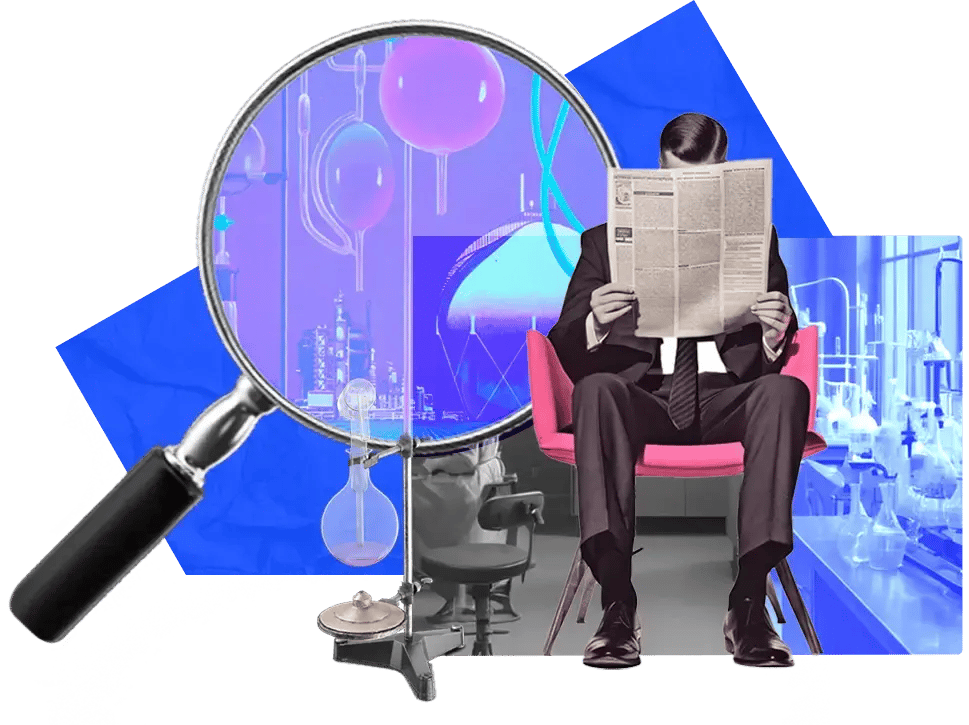 Go to Market
Go to Market
ITONICS INNOVATION BLOG
Let's talk innovation
Inspiring insights and best practices on innovation management, foresight, and strategy.

 Go to Market
Go to Market
 Idea Management
Idea Management
Idea Development: 8 Criteria To Turn Raw Ideas Into Promising Concepts
24 Oct 25 | 11 mins read
 Foresight
Foresight
10 Factors to Evaluate New Technology for R&D and Innovation Teams
24 Oct 25 | 12 mins read
 Idea Management
Idea Management
Ideation Process: The 3 Biggest Challenges and How To Fix Them
23 Oct 25 | 12 mins read
 Research & Development
Research & Development
Clinical Trials Innovation: 7 Shifts Cut New Treatment Time 25%
23 Oct 25 | 24 mins read
 Innovation Management
Innovation Management
The Innovation Methodology: 3 Key Steps to Boost Your Innovativeness
21 Oct 25 | 9 mins read
 Project Management
Project Management
5 Factors to Improve Innovation Project Planning
20 Oct 25 | 9 mins read
 Idea Management
Idea Management
Venture Clienting: How To Fast Track Startup Collaboration
17 Oct 25 | 10 mins read
 Roadmapping
Roadmapping
Roadmapping to Innovate: Best Practices to Plan, Prioritize, and Act
14 Oct 25 | 12 mins read